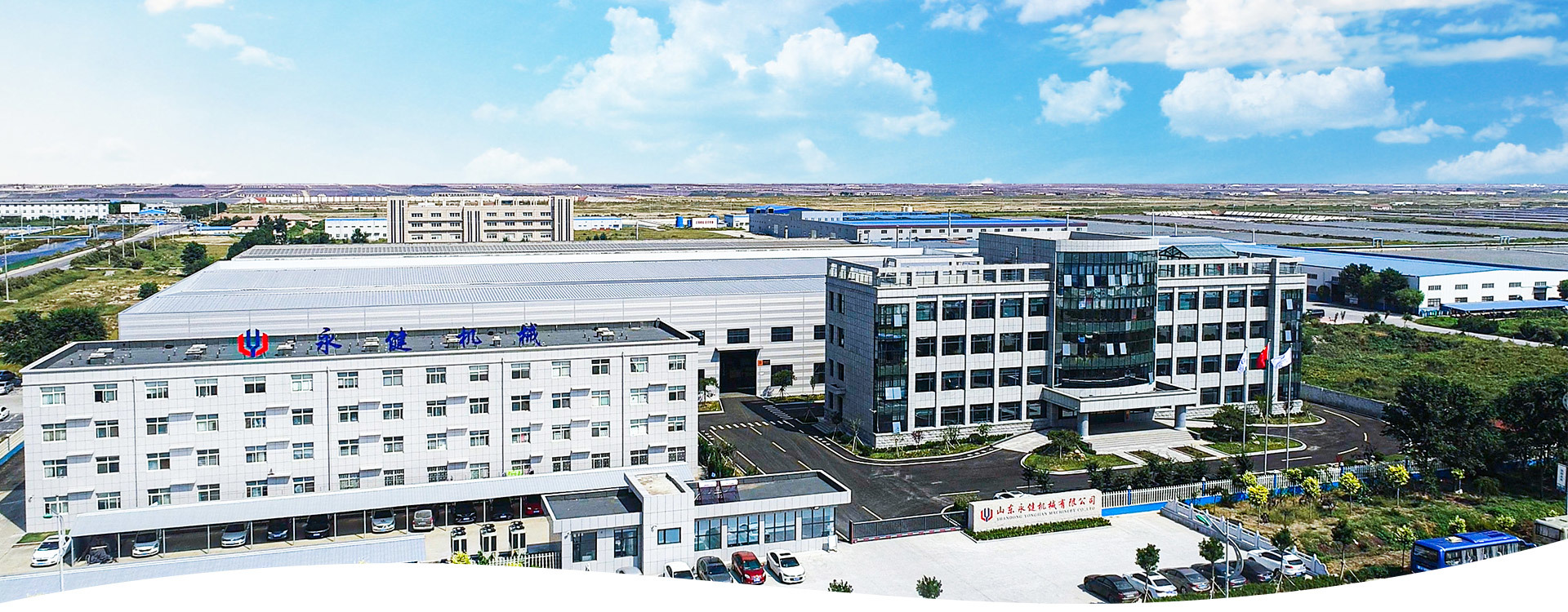Understanding the Production Line for Solar Backplane Film
2025-04-02
The production line for solar backplane film is a pivotal component in the renewable energy sector, particularly in the manufacturing of photovoltaic (PV) modules. These films serve as protective layers for solar cells, ensuring durability and efficiency in energy conversion. Understanding the intricacies of this production line is essential for professionals involved in manufacturing machinery, especially in the packaging and processing sectors.
The process begins with the selection of high-quality raw materials, typically polymer-based films that offer excellent UV resistance and thermal stability. The choice of materials directly influences the performance and longevity of the solar panels. Common materials used include polyvinyl fluoride (PVF) and polyethylene terephthalate (PET), known for their durability and electrical insulation properties.
Once the materials are selected, the production line incorporates several key stages: extrusion, coating, drying, and slitting. In the extrusion phase, raw polymer pellets are melted and formed into sheets or films. This process requires precise temperature control and consistent material flow to ensure uniform thickness and quality. Following extrusion, the films often undergo a coating process, where specific chemical treatments are applied to enhance adhesion and protect against environmental factors.
Drying is a crucial step that removes excess moisture from the films, preventing defects during the subsequent lamination process. Ensuring optimal drying conditions is vital; too much moisture can lead to delamination, affecting the film's performance. After drying, the films are cut into manageable widths through slitting, preparing them for integration into solar panel assemblies.
Quality control is paramount throughout the production line. Regular testing for mechanical strength, optical clarity, and weather resistance ensures that the final product meets industry standards. Implementing automated quality assurance systems can significantly enhance efficiency by reducing human error and increasing throughput.
Moreover, advancements in technology are continually shaping the solar backplane film production line. Innovations like digital monitoring and smart manufacturing can optimize production schedules, minimize waste, and improve overall efficiency. Adopting such technologies not only benefits production but also aligns with sustainability goals by reducing the environmental footprint of manufacturing processes.
In conclusion, the solar backplane film production line is a complex yet fascinating area of manufacturing that significantly contributes to the solar energy industry's growth. By understanding each phase of the production process and the importance of quality control, professionals in the manufacturing sector can enhance their operations and contribute to the advancement of renewable energy technologies.
Copyright© 2025 Shandong Yongjian Machinery Co., Ltd. Powered by www.300.cn
Copyright© 2025 Shandong Yongjian Machinery Co., Ltd.
This website already supports IPV6 SEO


 sales@yjmachinery.com
sales@yjmachinery.com
 +86 17616798109
+86 17616798109








